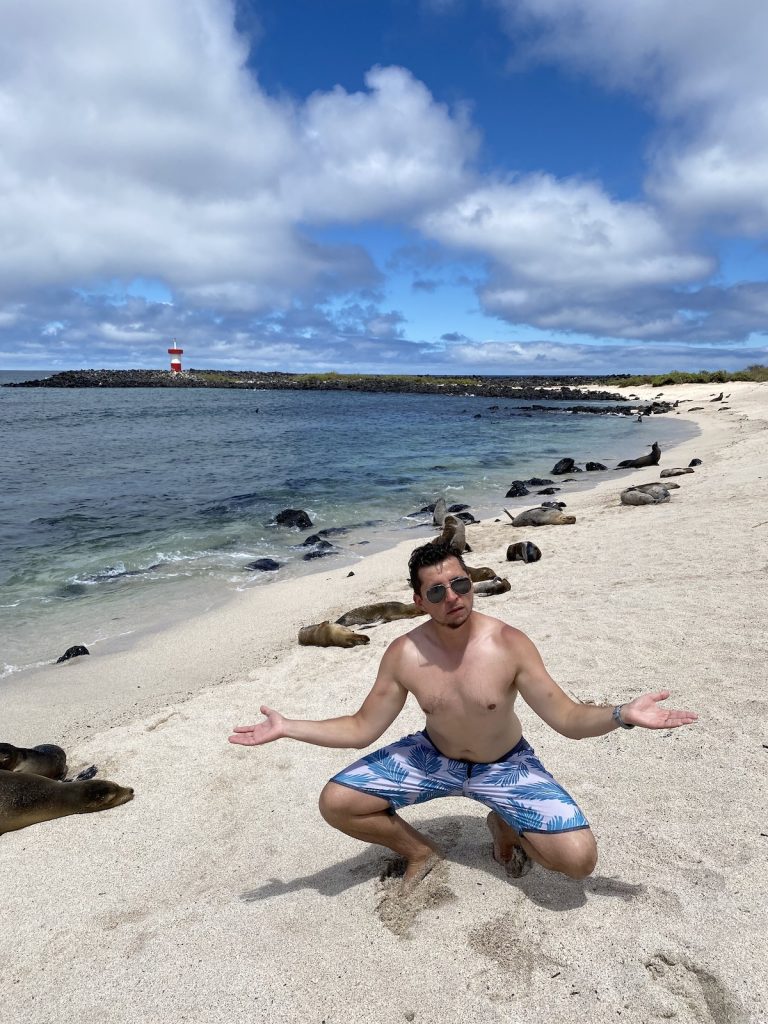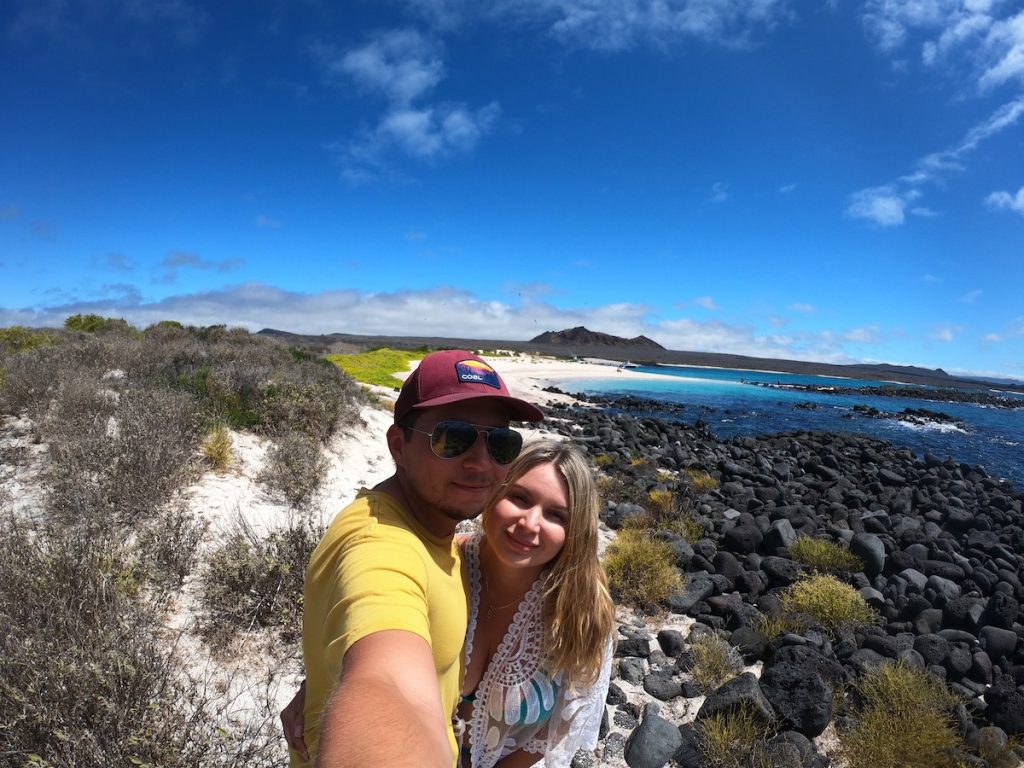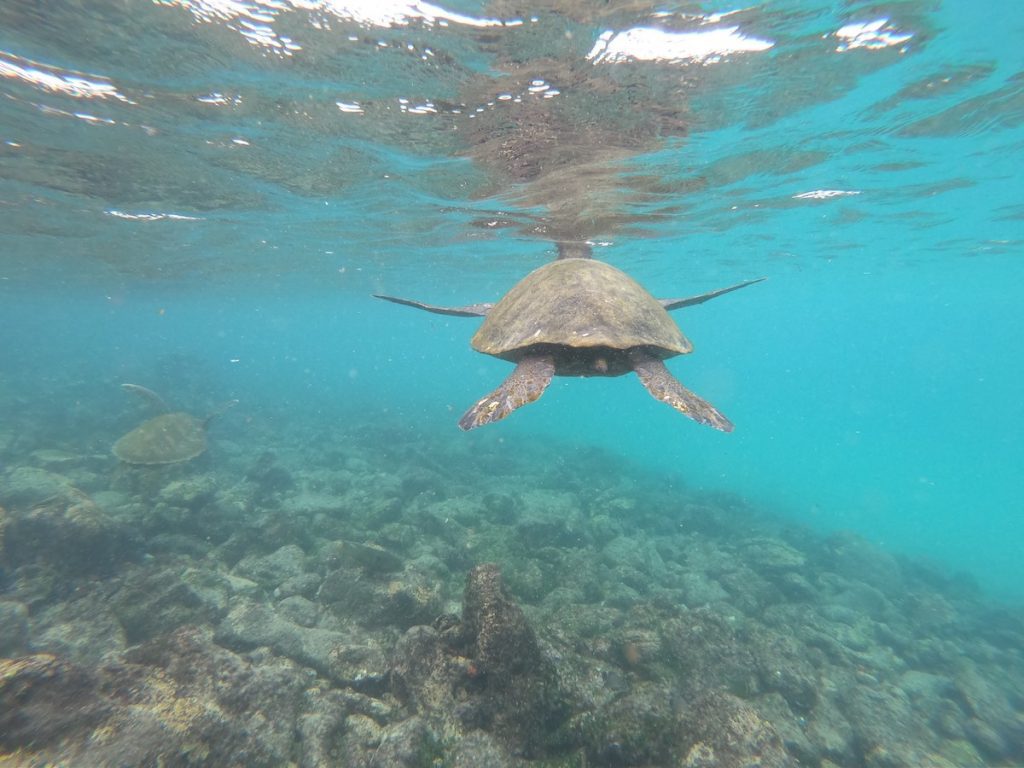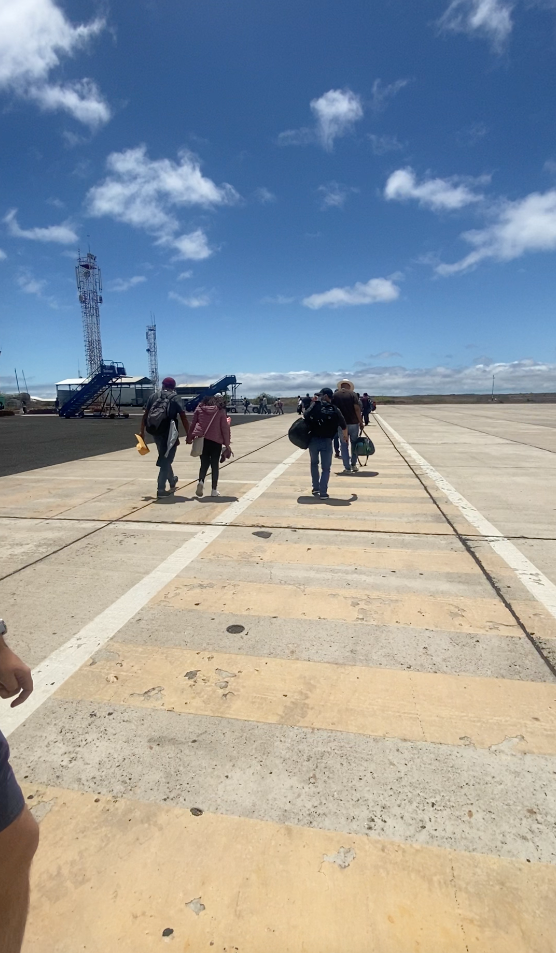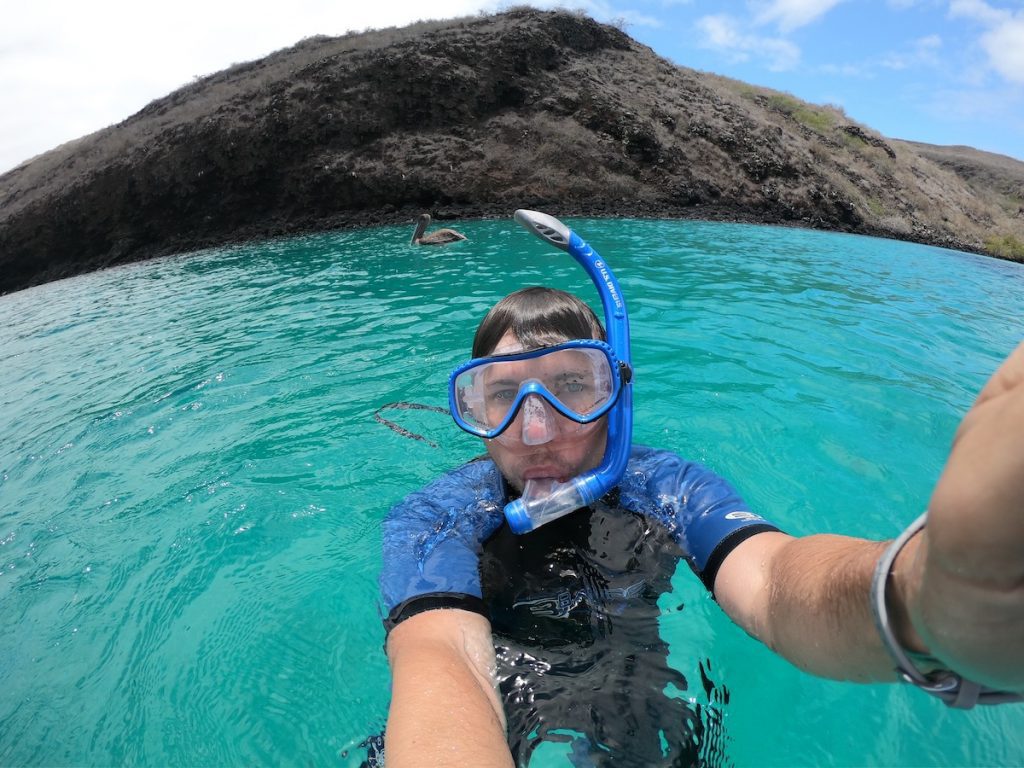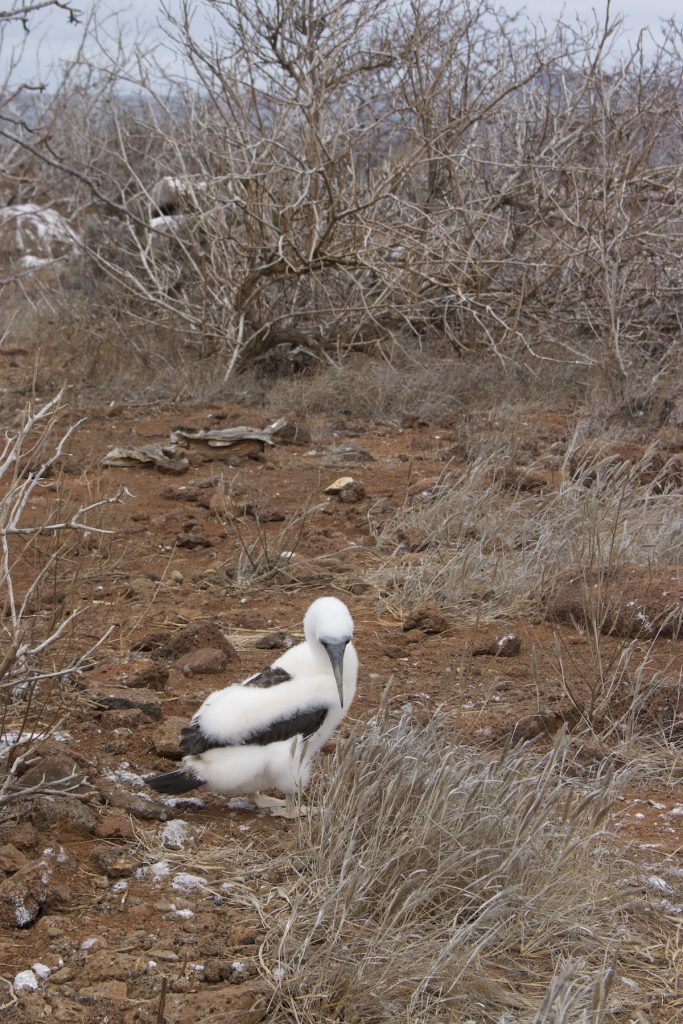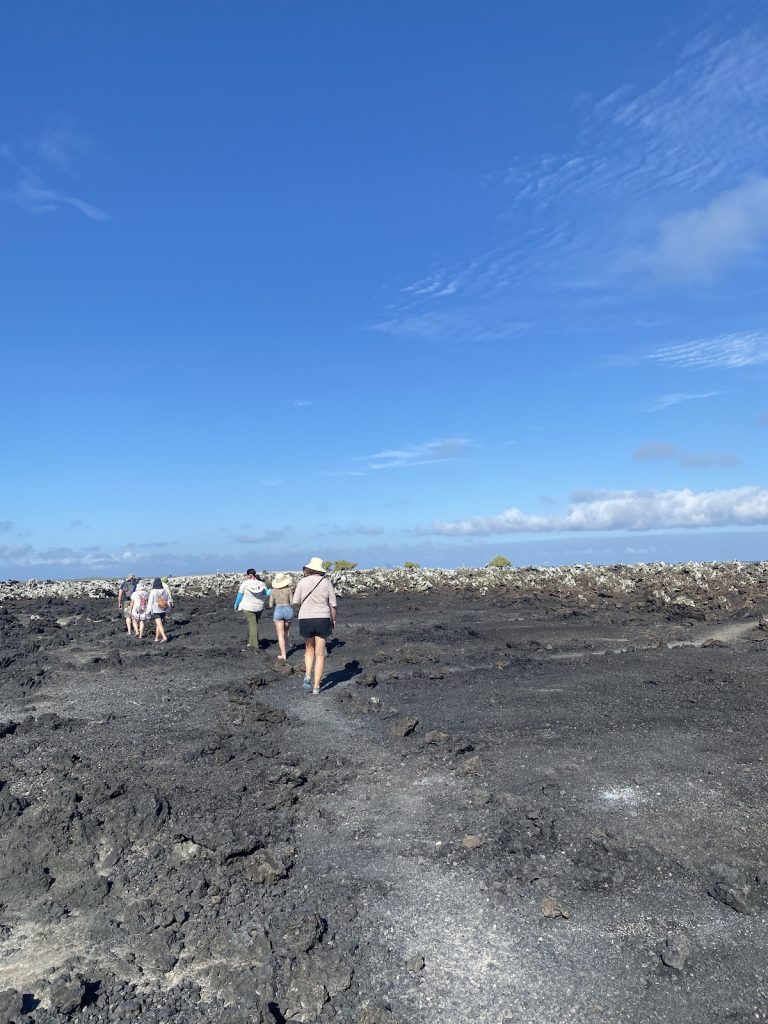With mild weather and excellent bird-watching opportunities, January is one of the best months to visit the Galapagos Islands. It’s also an ideal time for hiking and water-based adventures like snorkeling and diving.
The season brings increased activity among many marine species, so you might come across native birds, iguanas, and sea turtles as they come ashore to nest and lay their eggs.
In this article, we’ll explore why January is a wonderful month to experience the Galapagos firsthand.
Looking back, visiting in January offered incredible opportunities – from ideal weather to peak wildlife activity. Skip the uncertainty I faced and get a FREE personalized Galapagos trip quote from my trusted local experts who know exactly how to maximize your experience during this prime season. Your booking helps support both this blog and local Galapagos communities.
Plan perfect trip to Ecuador & Galapagos
I spent countless hours researching everything about traveling to Ecuador, and I created this blog for fellow travel enthusiasts who want the best, most reliable information. But if you want to save time, we’ve partnered with the top local agency to plan your dream trip.
Galapagos in January: A Quick Glance
- Air temperature: 22-31°C / 71-88°F
- Sea temperature: 74-76°C / 23-24°C
- Average rainfall: 2-5cm / 0.75-2in
- Rain: Intermittent rain showers
- Clear skies: 4-7 hours
- Wind force: 1-4
- Underwater visibility: approx 10-30m
- Flora: Lush, green vegetation
- Fauna: Mating season for many animals
Galapagos in January: Wildlife
The rains and sunlight of warm and wet months like January are beginning to convert the island mountains into a lush and green utopia. Because food is plentiful in January, it is an active month for land animals such as:
- Giant Tortoise
- Land Iguanas
- Darwin Finches
- flightless cormorants
- penguins, red footed boobies
- Nazca boobies
- frigate birds
In January, Galapagos marine species are still actively present, even though the warmer waters bring fewer nutrients for them to feed on. The warmer seas make January an ideal month for snorkeling and swimming, often without the need for a wetsuit. We found it refreshing to dive in without the extra gear, fully enjoying the vibrant marine life in the comfortably warm waters.
Galapagos in January: Tourist Crowds
The first week of January sees high demand for Galapagos cruises, with more typical demand throughout the rest of the month.
Galapagos land tours are also popular in January, and due to this demand, prices for flights and tours can be higher in the first half of the month. If flexibility is an option, you may find it worthwhile to consider traveling later in the month or year to avoid peak prices. For us, adjusting the schedule a bit helped balance both cost and availability, allowing for a more relaxed trip.
Galapagos in January: Weather
January is a great time to visit the Galapagos Islands, as the sun starts to shine and the rains are still minimal.
Temperatures hover around 86°F (30°C), with only about an inch of rain throughout the month. So while most days are perfect for shorts, a T-shirt, and plenty of sunscreen, keeping a poncho on hand for the occasional January shower is a smart idea. We found it easy to enjoy the sun while staying prepared for any brief rain that came our way.
Trust me, while January’s weather is fantastic, knowing how to balance water activities with wildlife viewing makes all the difference! Want an expertly planned itinerary that takes advantage of clear waters and blooming landscapes? Get a FREE quote from my recommended local agency. Your booking supports this blog and local Galapagos businesses.
Galapagos in January: Activities
January is fantastic for wildlife enthusiasts, with many bird species migrating back to the islands for the summer. This makes it one of the best months for birdwatching, with plenty of opportunities to spot rare seabirds.
The crystal-clear, calm waters are ideal for swimming and scuba diving, with excellent visibility that makes underwater exploration unforgettable. Activities like kayaking and surfing are popular this time of year, along with land-based adventures like hiking and mountain biking. With so much to do, January truly offers a perfect blend of relaxation and adventure in the Galapagos Islands.
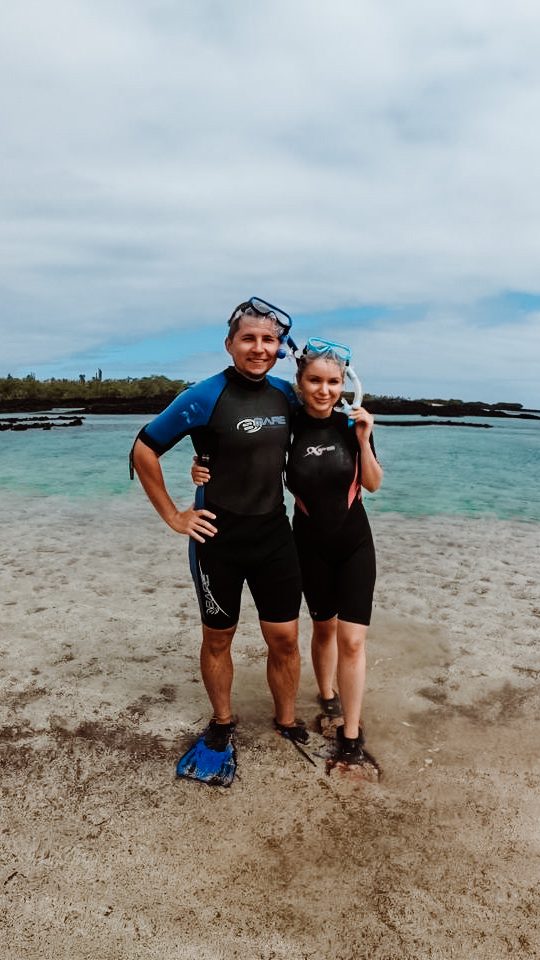
Planning trip to Galapagos Islands?
My wife and I spent two weeks on these magnificent islands, visited nearly every possible tour, and explored as much as we could. I shared all the important details in my comprehensive Galapagos Islands Travel Guide, where I cover everything you need to know about planning a trip to the Galapagos.
Galapagos Islands travel might surprise you with extra fees to enter the islands, the complicated logistics between islands, booking tours, and knowing which spots are free to explore and which ones are not. I’ve covered it all in this Galapagos Travel Guide.
Also, if you’re planning a trip to the Galapagos, make sure to use my link for discounted hotel prices via Booking.com. It really helps support my blog!
Bottom Line
The Galapagos Islands are a year-round destination, offering mild weather and incredible wildlife encounters in every season. January stands out with its pleasant weather conditions, making it an excellent month to fully explore the islands and enjoy all they have to offer.
With the first rains of the season, the upper vegetation zones in the Galapagos start to come alive, turning green and bursting into bloom. This fresh growth brings increased activity among land birds and animals, offering fantastic wildlife viewing opportunities.
Marine life is equally vibrant in January, with higher chances of spotting hammerhead sharks—a thrilling sight for any dedicated diver! The combination of blooming landscapes and active wildlife makes this month especially rewarding for nature enthusiasts.
Plan perfect trip to Ecuador & Galapagos
I spent countless hours researching everything about traveling to Ecuador, and I created this blog for fellow travel enthusiasts who want the best, most reliable information. But if you want to save time, we’ve partnered with the top local agency to plan your dream trip.

